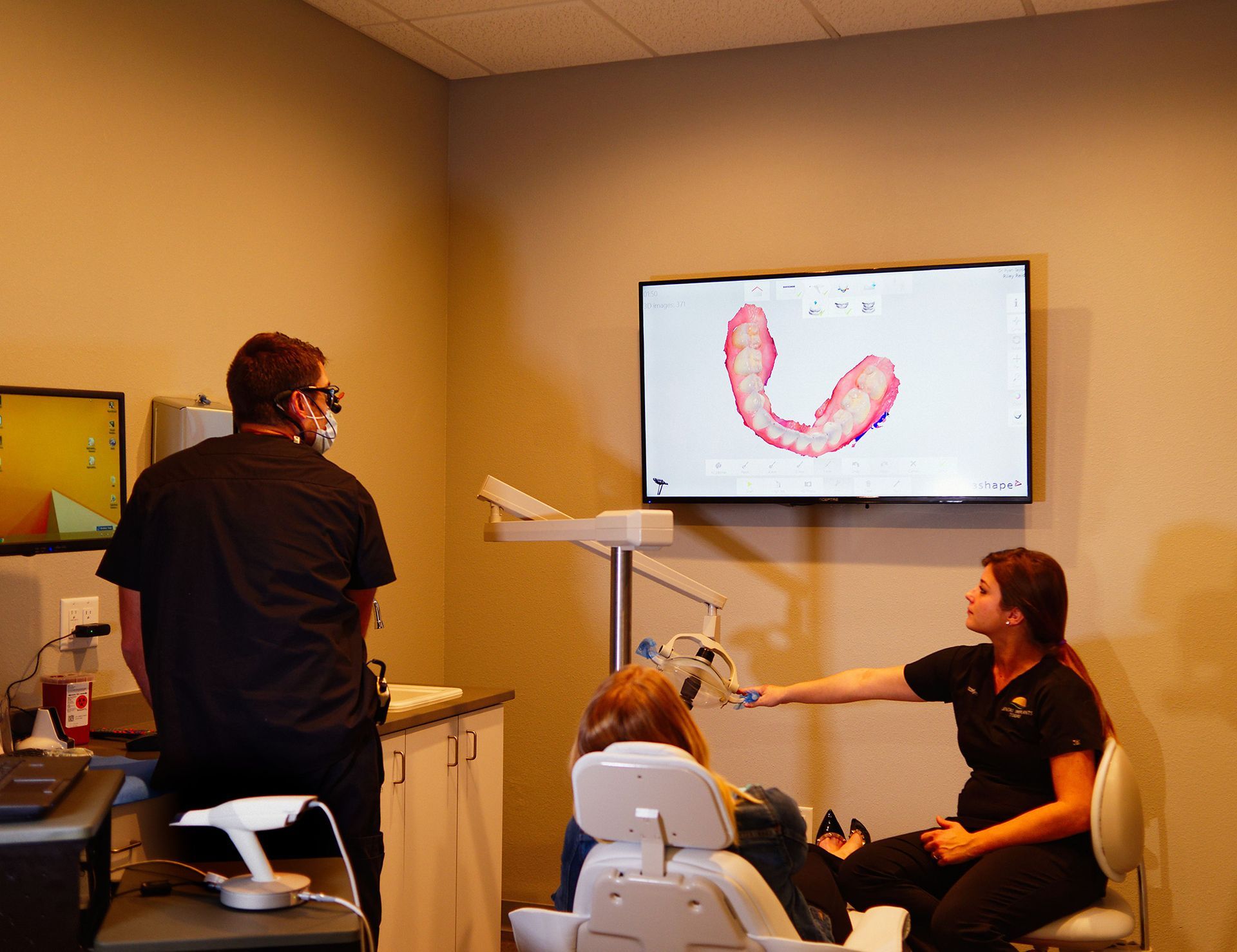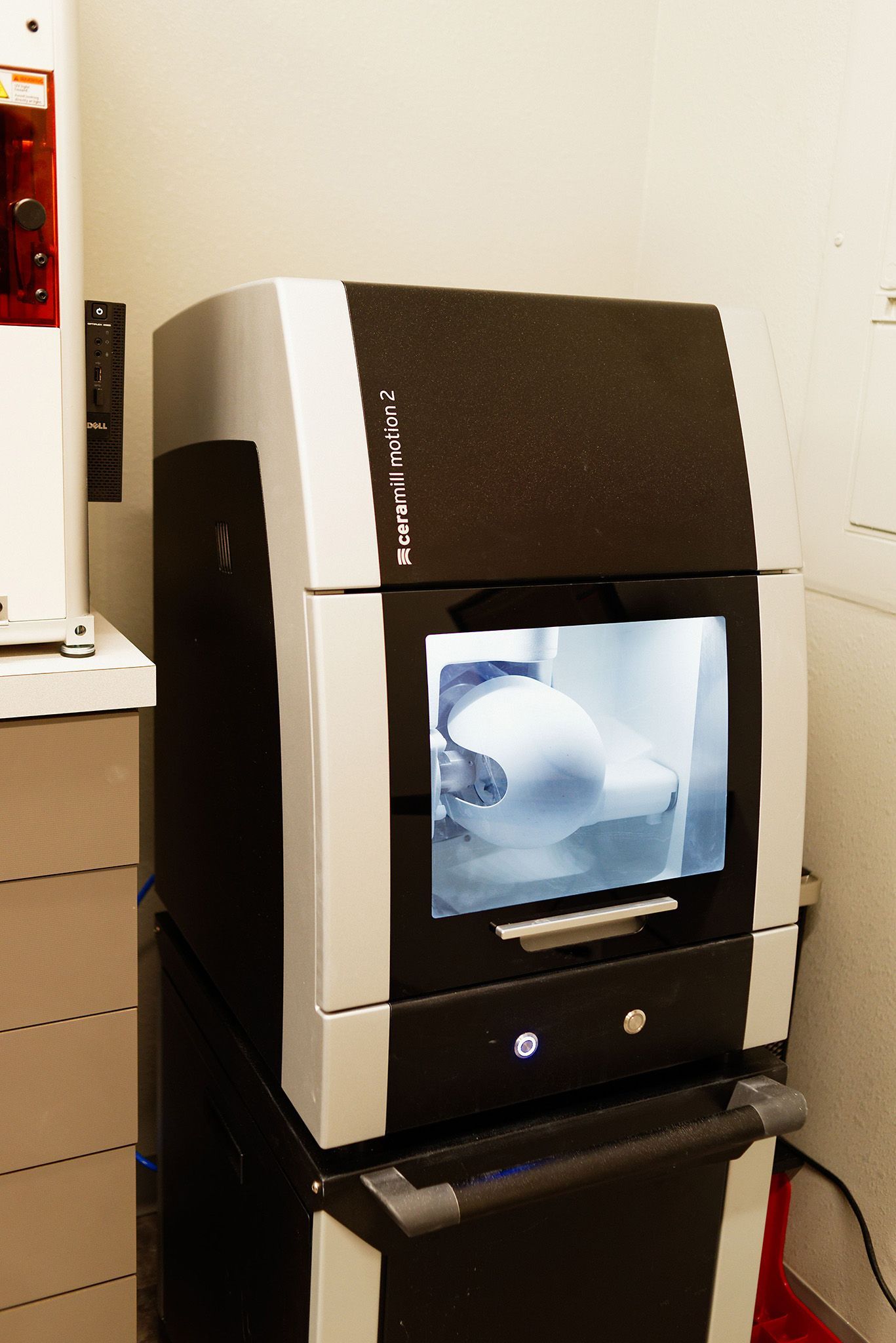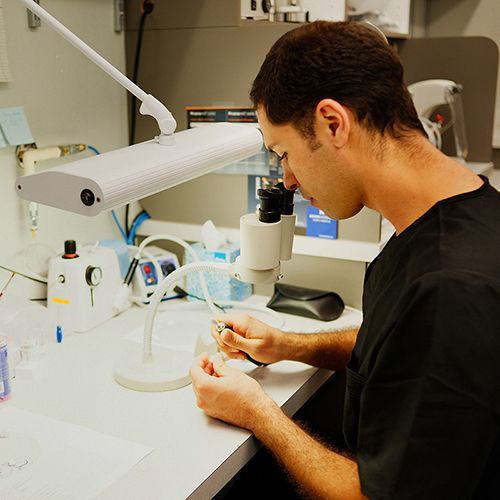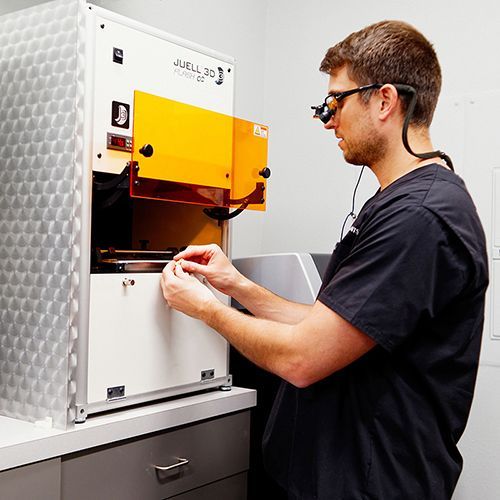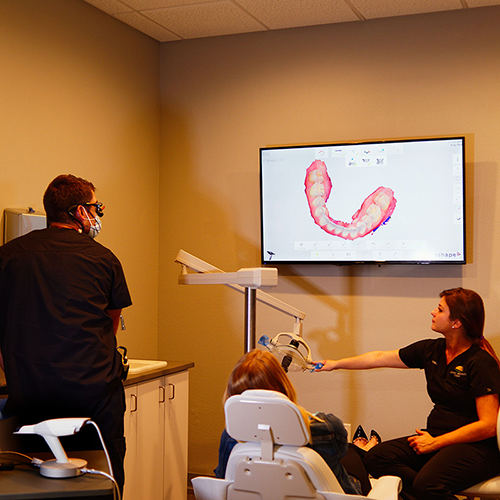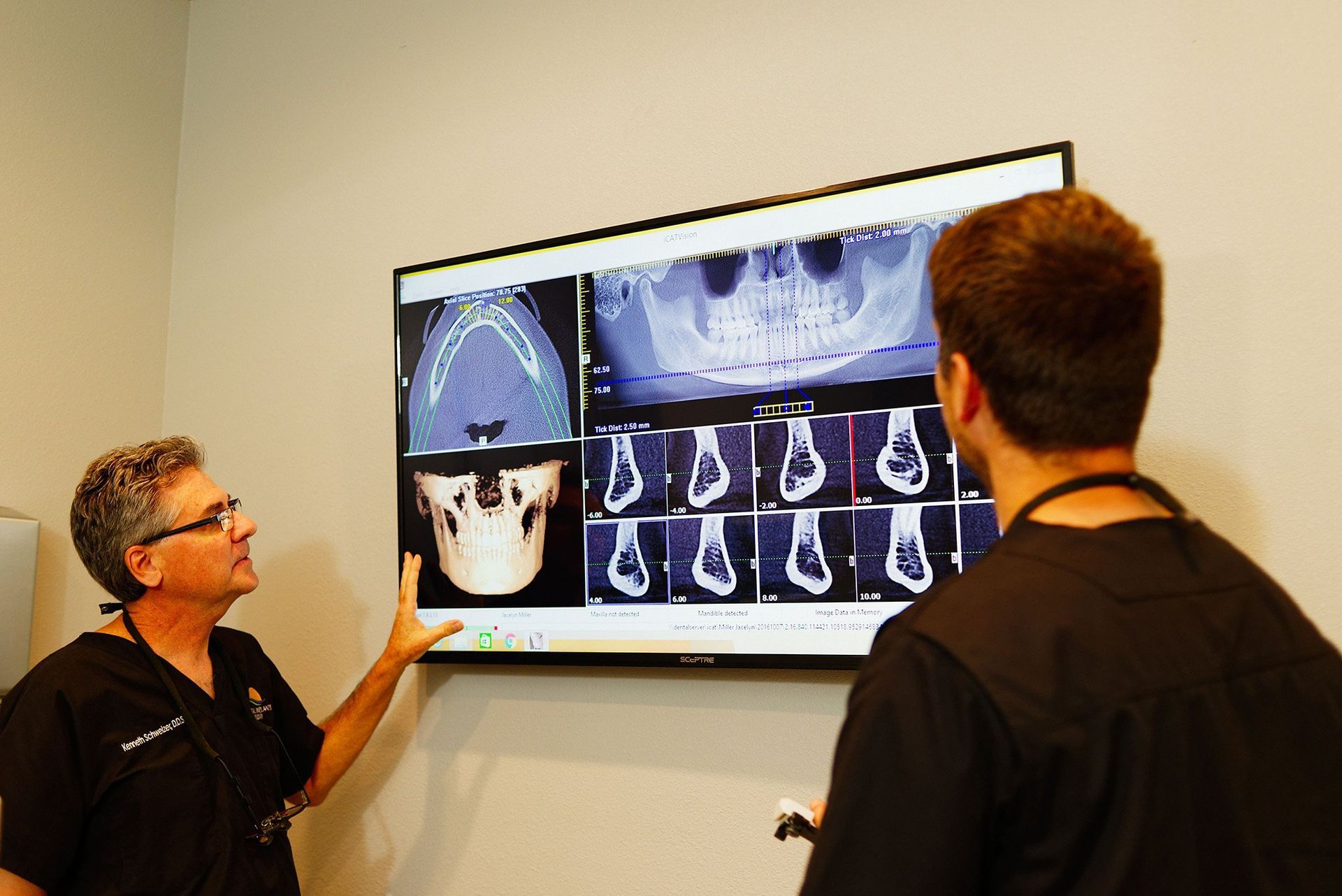Root Canal Treatment in Orlando, FL
Root Canal Treatment

What is a Root Canal Treatment and when is it indicated?
A Root Canal treatment, also known as an RTC, is a special kind of dental filling. Normal tooth-coloured fillings are indicated for teeth when decay (caries) infects the enamel or dentin. These are the topmost and middle layers of a healthy tooth. Materials such as composites, ionomer cements and often, silver amalgam can be used to replace the decayed portion of the affected tooth to restore function and to preserve structure.
However, when the bacteria is left untreated for a longer duration of time, it continues to invade the tooth structure till it reached the innermost layer, known as the pulp. Once the bacteria reaches the pulp, a normal tooth filling cannot be used to save the tooth. In this case, only an RCT can restore its functionality. In some cases, a tooth that has sustained damage as a result of trauma, may also require Root Canal Treatment due to suspected pulp damage.
The pulp has two very important functions:
- It houses nerves and nerve ending that provide sensation to the tooth, keeping it vital and ‘alive’
- It also houses small blood vessels that provide nourishment to the tooth, keeping it healthy
A normal filling only replaces the hard, mineralized portion of the affected tooth. A root canal filling however, completely cleans and replaces the entire pulp of the tooth with an artificial, inert material.
What are the steps of a Root Canal Treatment?
A root canal treatment can be completed in a single sitting, or broken down into multiple appointments depending upon the tooth (single-rooted teeth such as incisors and canines require less time as compared to multi-rooted teeth such as premolars and molars). The basic steps however, are the same.
- A radiograph (x-ray) is first taken to determine the extent of the infection that affects the pulp
- The tooth is then numbed using local anaesthesia to ensure a painless, comfortable experience for the patient
- A mechanical hand piece fitted with a rotating bur is then used to remove the decayed portion of the tooth, and to eventually gain access to small opening leading to the pulp chamber(s).
- Endodontic files are then used to slowly clean and shape the dental canals making sure that all the pulp is removed from the chambers. They are then rinsed using a saline solution to make sure no bacteria remains.
- Paper points are used to dry the empty canals and then they are filled using special endodontic filling materials.
- Depending upon the extent of decay and the amount of healthy structure that remains, the tooth may need to be rebuilt using composites, and finally covered with a dental crown.
Is it necessary to cover a root canal treated tooth with a crown?
Root canal treatments require complete removal of the decayed portions of the affected tooth, including the mineralized structure and the pulp, both. What often remains behind is a weak structure that is vulnerable to further damage due to the strong biting and chewing forces inside the mouth.
In order to ensure complete restoration of function and oral aesthetics, and for preservation of the tooth structure, it is important to get a root canal treated tooth covered with a dental crown.
What are the signs and symptoms of a tooth that needs a Root Canal Treatment?
Root canals are indicated for a dental condition known as Irreversible Pulpitis, which means inflammation of the pulp. Typically, this condition presents signs and symptoms including:
- Severe sharp, shooting, or throbbing pain that may aggravate at night, and radiates to the jaw, ears, head and temple region
- Inability to chew from the affected side
- Swelling, often accompanied by formation and discharge of pus
- Sensitivity to hot, cold and sweet food and beverages
- Food packing in the cavity formed by dental decay
- Minimal or no response to pain medication
How is Irreversible Pulpitis diagnosed at the dental office?
There are a several ways of diagnosing a tooth that requires a Root Canal Treatment at Strategic Dental Care. Some of the commonly used methods include:
- Visual Analysis: The visual examination of a tooth affected by Irreversible Pulpitis may show a region of decay, food impaction within the cavity, swelling of the gums surrounding the tooth, and sometimes, pus discharge.
- Pulp Vitality Testing: The vitality of the pulp is tested by checking if the tooth responds to cold and hot stimuli. A severely infected tooth is generally very sensitive to hot and cold food and beverages.
- Percussion Testing: During this test, the affected tooth is gently tapped to check for any tenderness or pain. This test is used to determine any pressure build-up within the tooth owning to the formation of pus.
- Radiographs: Radiographs, or peri-apical X-rays are perhaps the most accurate of all diagnostic tools. They can help the dental surgeon determine the exact, measurable extend of decay and infection below the gum.
Contact Us
Have you been experiencing severe pain and swelling in one of your teeth?
You may need a Root Canal. Scheduling an appointment and getting the treatment in a timely manner can help you save your natural teeth from getting extracted.
At Strategic Dental Care, you’ll receive the care and treatment you deserve. Our team of professional endodontists will make sure your experience is a pleasant and painless one, from your very first appointment till the treatment has been successfully completed. Give us a call and book your appointment today!

